Background
Geopolitical history of Yemen:
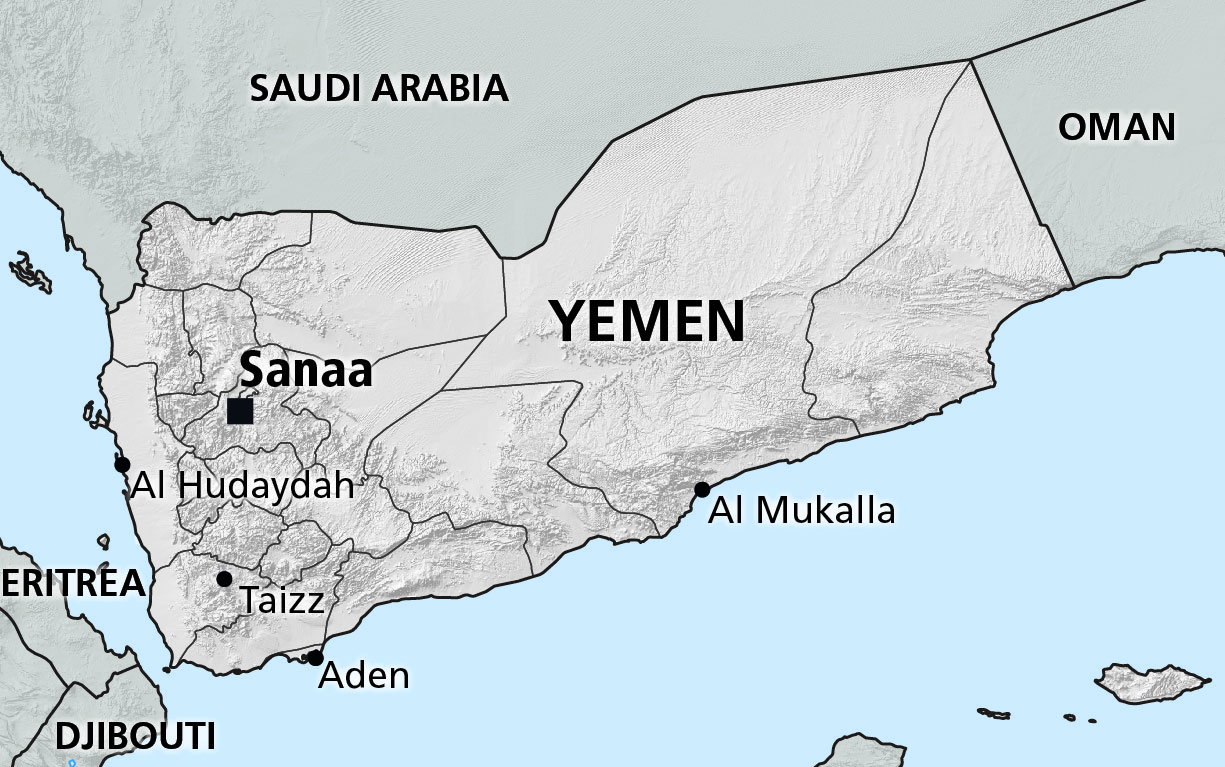
The geopolitical history of Yemen is complex and marked by a rich tapestry of civilizations, tribalism, external influences, and shifting borders. Here is an overview of the geopolitical history of Yemen, focusing on key events and periods:
1. Ancient Yemen:
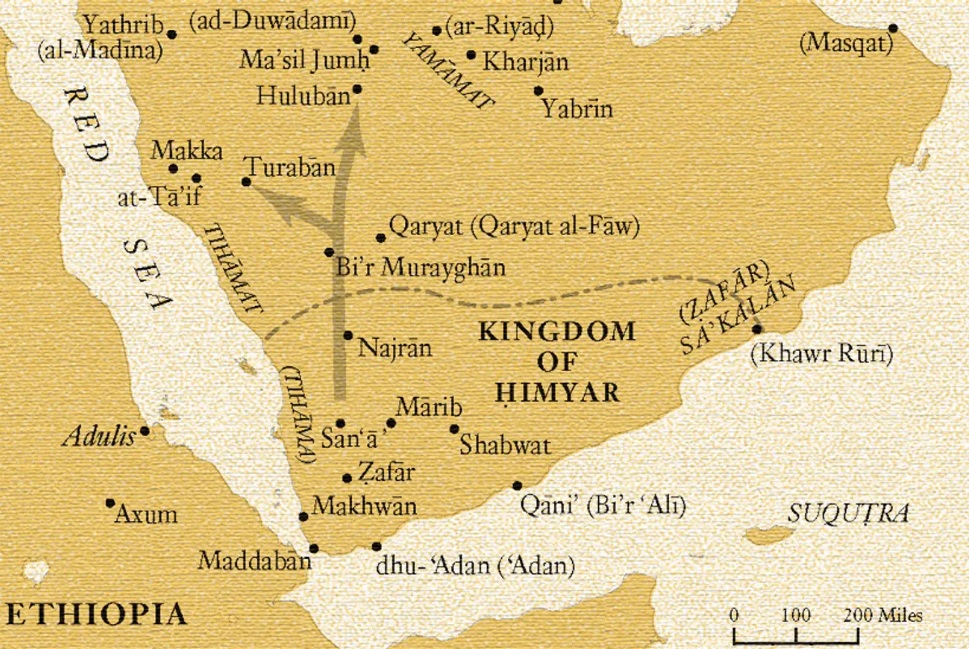
Yemen has a long history dating back to ancient times when it was known as “Arabia Felix” or “Happy Arabia” due to its fertile lands.
Several ancient kingdoms thrived in Yemen, including the Sabaean, Himyarite, and Ma’in civilizations, known for their advanced irrigation systems and trade.
Yemen was an important hub for the spice and incense trade, attracting the interest of neighboring powers, including the Roman Empire.
2. Islamic Conquest:
Yemen converted to Islam in the 7th century after the Islamic conquests.
The region played a significant role in the early history of Islam and was home to several renowned Islamic scholars.
3. Ottoman and British Influence:
Yemen was part of the Ottoman Empire from the 16th century until the early 20th century when it fell under British influence.
The British established control over the southern port city of Aden, which became a key British colony and naval base.
4. North-South Division:
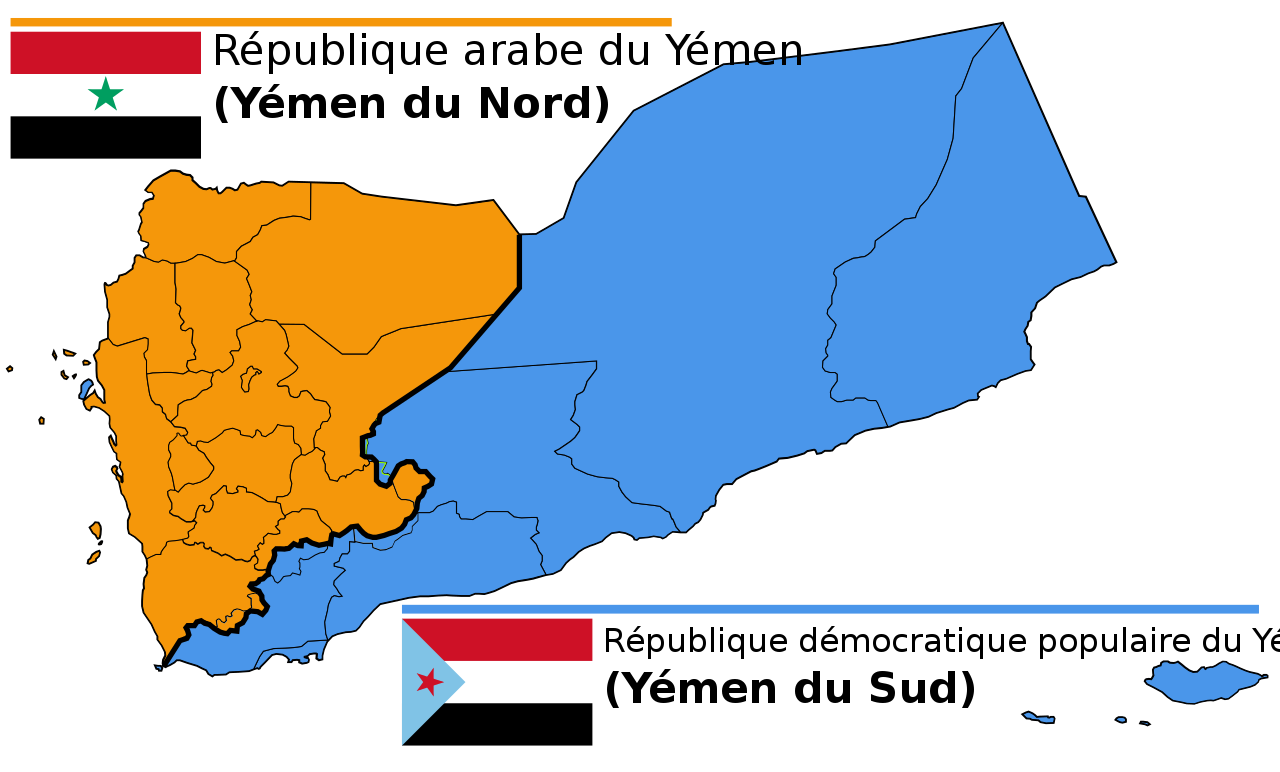
After British withdrawal in 1967, South Yemen (People’s Democratic Republic of Yemen) gained independence, becoming a socialist state.
North Yemen remained independent but went through periods of instability and conflict.
5. Unification and Civil War:
North and South Yemen unified in 1990 to form the Republic of Yemen.
However, tensions between the northern and southern factions led to a brief civil war in 1994, with the north emerging as the dominant power.
6. Arab Spring and Political Unrest:
Yemen experienced protests during the Arab Spring in 2011, leading to President Ali Abdullah Saleh’s resignation after 33 years in power.
A transitional government was established, but political instability and conflicts persisted.
7. Houthi Insurgency and Yemeni Civil War:
The Houthi movement, a Shia rebel group, seized control of the Yemeni capital, Sanaa, in 2014, leading to the ousting of President Abdrabbuh Mansur Hadi.
A coalition led by Saudi Arabia intervened militarily in 2015, creating a protracted and devastating conflict that continues to this day.
8. Humanitarian Crisis:
The Yemeni civil war has resulted in one of the world’s worst humanitarian crises, with millions of people suffering from food insecurity, displacement, and inadequate access to healthcare.
9. Ongoing Conflict and International Involvement:
The conflict in Yemen remains unresolved, with multiple factions vying for control and various international actors involved in the region’s geopolitics.
Yemen’s strategic location along key maritime routes, such as the Bab-el-Mandeb strait, has made it of interest to regional and global powers.
The geopolitical history of Yemen is a story of ancient civilizations, colonialism, unification, political turmoil, and ongoing conflict. The situation remains highly fluid, and efforts continue to find a lasting political solution and alleviate the humanitarian crisis.
Background of Yemen British relationship:
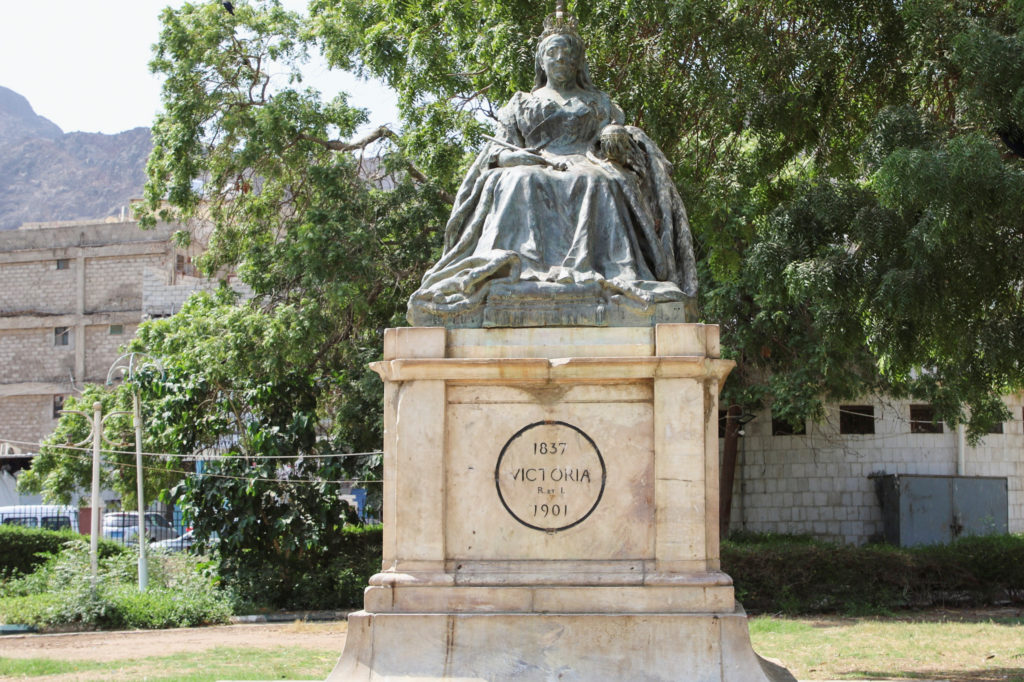
The relationship between Britain and Yemen has a historical background dating back to the colonial era and evolving through various phases:
Colonial Era: In the 19th and early 20th centuries, the British Empire established a presence in what is now Yemen. Aden, in southern Yemen, was a significant British colonial outpost and played a strategic role as a coaling station for British ships en route to India. Aden became a British Crown Colony in 1937.
Post-WWII: After World War II, Yemen gained independence from British colonial rule. North Yemen (Yemen Arab Republic) became independent from the Ottoman Empire in 1918 and remained separate from British-controlled South Yemen until 1967.
South Yemen Independence: In 1967, the People’s Republic of South Yemen (formerly British-controlled) gained independence. It was a Marxist-Leninist state and received support from the Soviet Union during the Cold War.
Unification: North and South Yemen united in 1990, forming the Republic of Yemen. However, internal conflicts persisted, leading to a brief civil war in 1994 when South Yemen attempted to secede, but it was ultimately reunified with the north.
British Interests: While Britain no longer had a direct colonial presence in Yemen, it maintained economic and diplomatic interests in the region, particularly in relation to trade, security, and counterterrorism efforts.
Modern Relations: In recent years, Britain has been involved in diplomatic efforts to address the ongoing conflict in Yemen. It has expressed concern over the humanitarian crisis in Yemen and has provided humanitarian aid to alleviate the suffering of Yemeni civilians.
Saudi-led Intervention: Britain has faced criticism for its arms sales to Saudi Arabia, which has been leading a coalition intervention in Yemen since 2015. The conflict has resulted in a humanitarian catastrophe, and British arms sales to Saudi Arabia have been a subject of controversy and debate in the UK.
In summary, the historical relationship between Britain and Yemen has evolved from a colonial past to a more modern engagement, primarily focused on diplomatic efforts to address the conflict and alleviate the humanitarian crisis in Yemen, while also grappling with complex issues related to arms sales and regional security.
Background of current conflict:
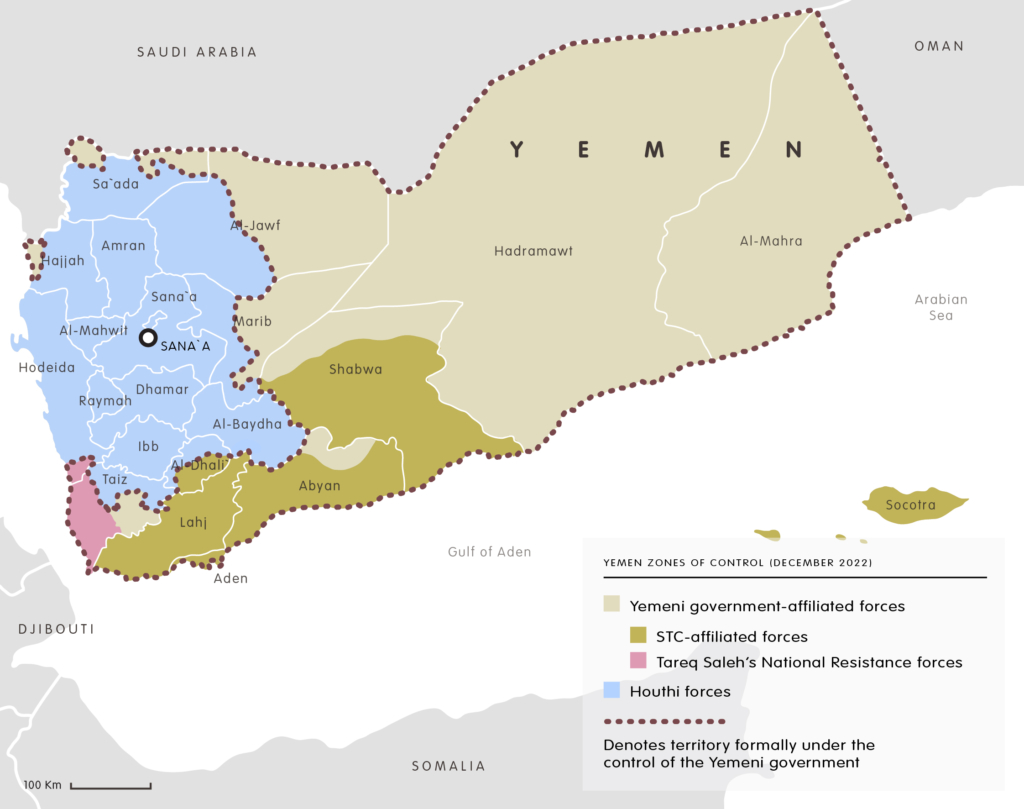
The current conflict in Yemen is a complex and protracted conflict that has its roots in longstanding political, economic, and regional tensions. Here is a brief overview of the background of the current conflict in Yemen:
Arab Spring and Political Unrest (2011): The origins of the conflict can be traced back to the Arab Spring protests in 2011, which led to the resignation of Yemen’s long-serving President Ali Abdullah Saleh in February 2012. This marked a period of political instability and transition.
Transition and National Dialogue (2012-2014): After Saleh’s resignation, Vice President Abd-Rabbu Mansour Hadi assumed power and a National Dialogue Conference was initiated to address Yemen’s political and social challenges. The process aimed to draft a new constitution and pave the way for democratic elections.
Houthi Insurgency (2014): In 2014, Houthi rebels, who are believed to be backed by Iran, took advantage of the power vacuum and seized control of Yemen’s capital, Sanaa, and later dissolved the government. They claimed to be fighting against corruption and marginalization.
Saudi-led Intervention (2015): In response to the Houthi takeover, Saudi Arabia and a coalition of Arab states launched a military intervention in March 2015, with the goal of restoring President Hadi to power. The conflict escalated, leading to widespread violence and a humanitarian crisis.
Complex Alliances: The conflict has evolved into a multifaceted and protracted war involving various factions. President Hadi’s government, supported by the Saudi-led coalition, is pitted against the Houthi rebels and forces loyal to Saleh, who was killed in 2017. Additionally, jihadist groups, including Al-Qaeda in the Arabian Peninsula (AQAP) and the Islamic State (ISIS), have exploited the chaos to establish a presence in Yemen.
Humanitarian Crisis: The conflict has had devastating humanitarian consequences. Yemen has experienced one of the world’s worst humanitarian crises, including widespread famine, a cholera outbreak, and millions of internally displaced people.
International Involvement: The conflict has drawn international attention and involvement. The United Nations has made multiple attempts to broker a peace settlement, but progress has been slow and challenging. Various countries, including the United States, have provided military support to the Saudi-led coalition, while others have called for an end to arms sales to the coalition due to concerns about civilian casualties.
Stalemate: Despite numerous efforts to reach a political solution, the conflict remains in a stalemate, with no clear resolution in sight. The humanitarian situation continues to deteriorate, making Yemen one of the world’s most pressing humanitarian crises.
In summary, the current conflict in Yemen is the result of a combination of political, sectarian, regional, and economic factors. It has evolved into a complex and protracted conflict with devastating consequences for the Yemeni people and broader regional implications. Efforts to find a peaceful resolution to the conflict remain ongoing but face significant challenges.
